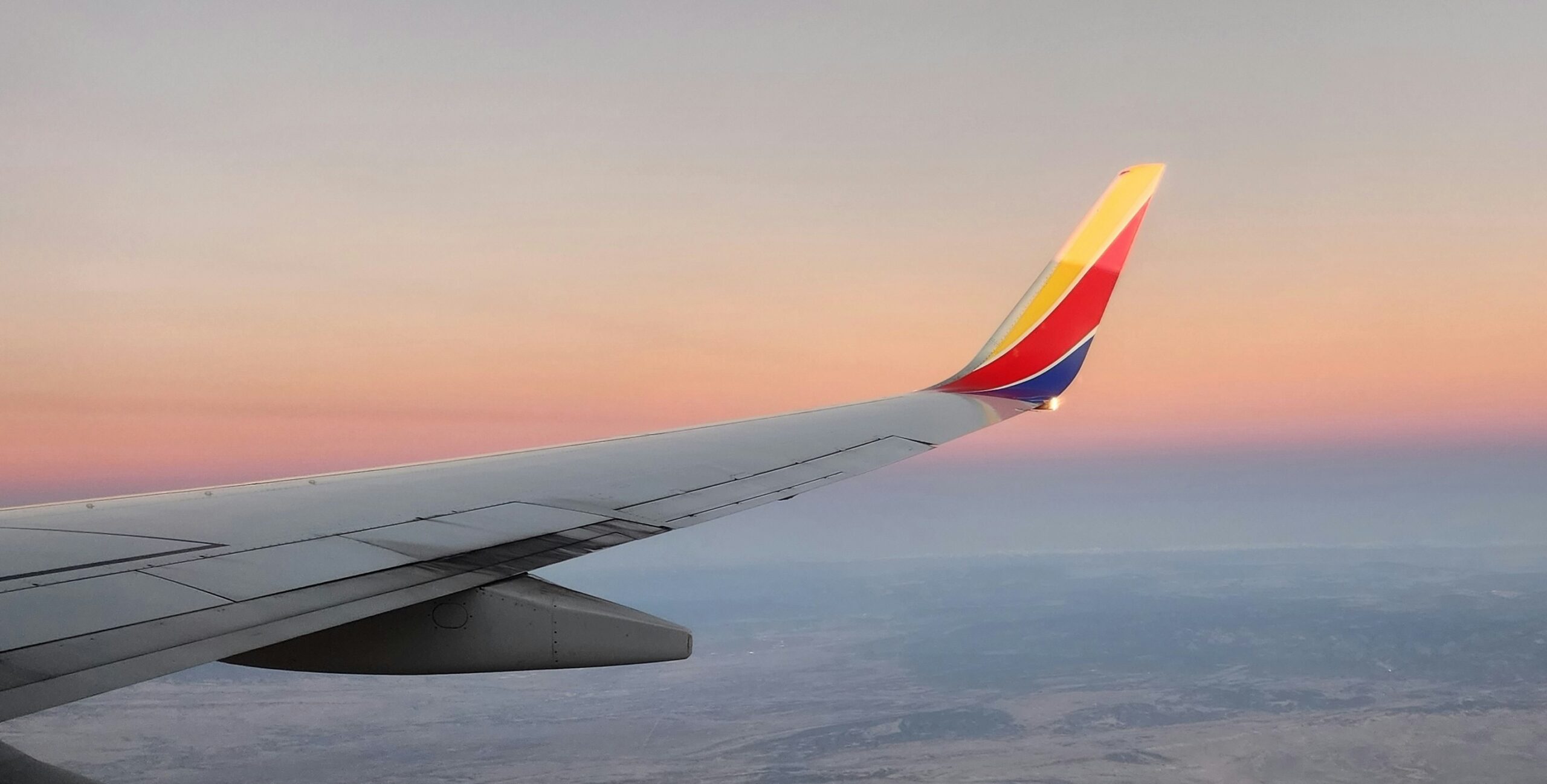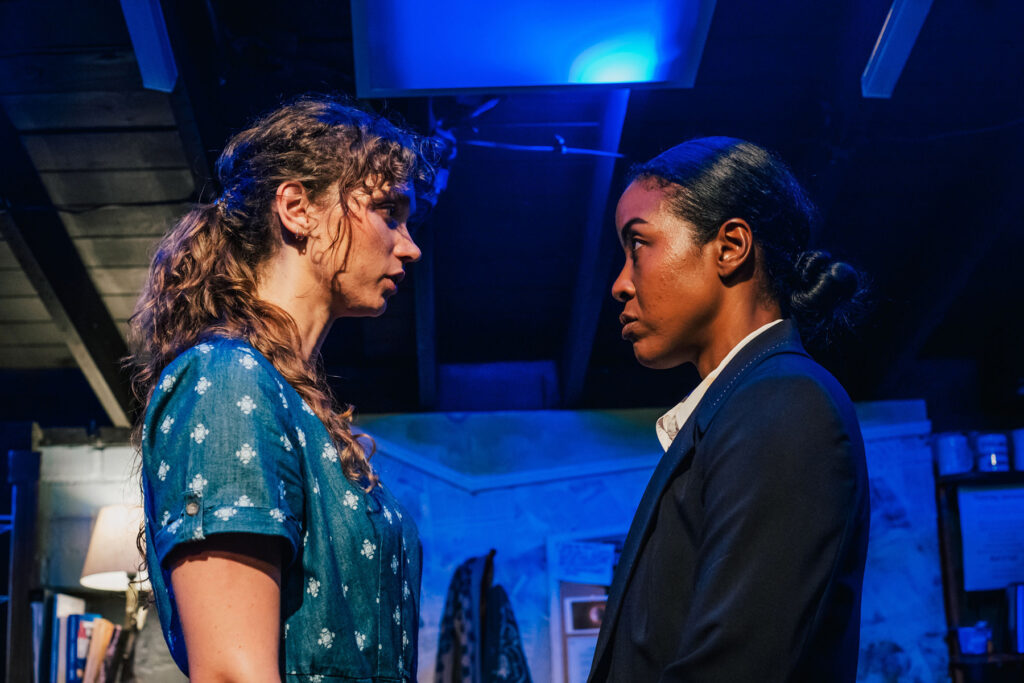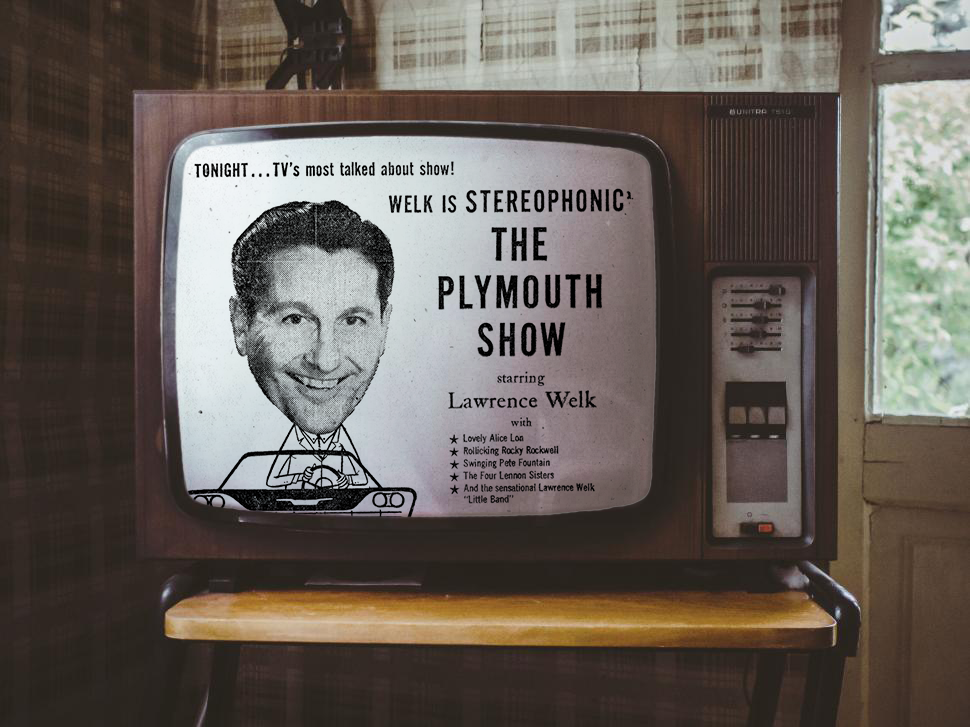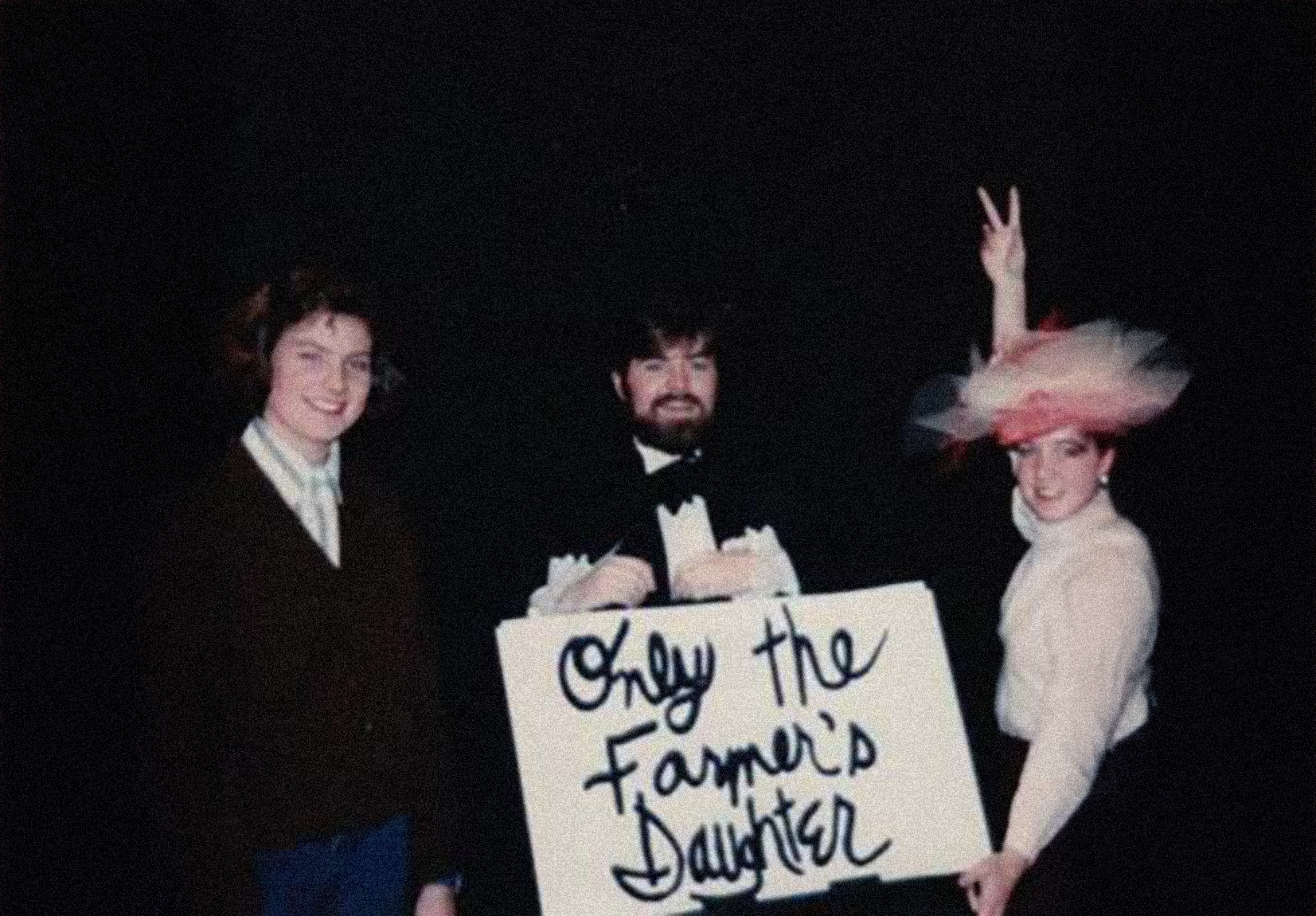Or: The Only Thing More Confusing Than Airline Baggage Fees is Some Ticketing Pricing Models
When Southwest Airlines announced it was ending free checked bags, Emily from our Outreach team—whose flight-status miles rival most pilots—felt genuinely betrayed. It was her moment of airline heartbreak.
It was a simple, fair airline with no-nonsense—until suddenly, it wasn’t. And that’s when it hit us: some ticketing platforms do the exact same thing. They promise low fees, transparency, or even “free” ticketing, only to quietly charge extra for the most basic features.
- Need reserved seating? That’s more.
- Want faster payouts? Extra fee.
- Need a second seating chart? Hope you brought your wallet.
After years running a theatre and dealing with this exact pricing maze, I started documenting the worst offenders—and eventually helped build something better. So, let’s unpack the real hidden costs in ticketing—and why, just like airline fees, they aren’t always easy to spot up front.
“If It’s Free, Why Do Patrons Pay More?”
A community theatre in Nashville, TN, was thrilled to find a “free” ticketing provider—no monthly fees, no annual contracts—just simple, easy ticketing… or so they thought.
Then, a patron sent them a screenshot:
“Why is my $25 ticket now $30.50?”
Cue panic.
After digging into the fine print, the theatre realized their “free” ticketing provider was actually charging:
- 8% “service fee” (that the theatre didn’t even know about)
- 2.9% + $0.30 credit card processing
- A “platform fee” (which, if you ask us, should be part of the platform’s job)
And who took the heat? Yep, the theatre—because clearly, they love sneaking extra charges onto tickets.
When they switched to a transparent pricing model, patrons immediately appreciated knowing exactly what they were paying for—and the theatre kept its reputation intact.
🚩 Red Flags to Look For:
- If a platform claims to be free, ask how they make money. (Spoiler: they do make money)
- Request a checkout breakdown to see what your patrons actually pay.
Reserved Seating Fees: Apparently, Comfort Costs Extra
Some ticketing platforms charge more for reserved seating than for general admission. Why? Because they can. One provider advertises a 3.5% fee—but only for general admission tickets.
As soon as a performing arts center in Texas added a seat map, their per-ticket fee jumped from 3.5% to 4.9%—a 40% increase, and that didn’t include the additional credit card processing fee tacked on afterward. Apparently, seeing exactly where you’re sitting is a luxury—like ordering guac at Chipotle. (But at least with guac, you know it’s extra upfront.)
Building that seating chart? Not always possible and seldom free. One platform says clearly:
“We build all interactive seating charts. There is a one-time setup fee of $0.55 per seat with a minimum cost of $250.”
That’s money spent before you even start selling tickets.
Other platforms take it even further:
- You only get 1-2 free seating charts—and they create them for you (taking weeks).
- Need to make a change? That’ll cost you.
- Want more seating charts? You guessed it: Extra charge.
A high school in Ohio waited two weeks to get its seating chart back—only to find it had errors and that it had to pay to have it updated. (Yes, really.)
🚩 Red Flags to Look For:
- If a platform charges different fees for reserved seating vs. general admission, ask why.
- If you can’t create your own seating charts, find out how long it takes to get one and how much edits cost.
The Ticketing Version of a Used Car Sales Pitch
Some ticketing providers love tiered pricing. It starts with an affordable “Basic Plan”—until you realize that “basic” actually means:
❌ No custom branding
❌ No seat maps
❌ No marketing tools
❌ No customer support unless you enjoy chatting with bots
It’s like finding out your ‘basic’ ticketing plan is actually basic — like middle-seat-on-a-10-hour-flight basic.
A school in North Carolina signed up for a ticketing provider at $99/month, thinking they were getting a great deal. But, once they started setting up their events, they discovered they had to upgrade to the Enterprise Plan at $175/month just to send marketing emails and add their company’s branding on their event pages. After that, their monthly cost quickly tripled.
A Michigan performing arts center was drawn in by a low per-ticket fee and no annual cost—until they needed reserved seating. That feature alone required them to move up to the Empower Plan. Then, when they wanted custom event pages, the sales team recommended upgrading to the Platinum Plan. By the time they had everything they needed, their ticketing costs had doubled—and they had agreed to an annual contract locking them in at the higher rate.
🚩 Red Flags to Look For:
- Ask explicitly what’s included in each plan—and what’s not.
- Clarify upgrade costs upfront, so you’re not hit with surprise expenses later.
- Avoid platforms that pressure you into annual contracts before you’re certain it’s right for you.
“Wait, What Am I Paying For?” Pricing Models: The Ticketing Version of Monopoly Money
Some ticketing providers have pricing structures so confusing that you’d have better luck deciphering a legal contract written by a gerbil (sorry for yet another metaphor).
Take this real quote from a ticketing provider’s website:
“Our platform works on a credit-based system. Each credit represents a ticket transaction and is deducted based on event type. Reserved seating events require additional credits.”
Translation? You need to pre-purchase “credits”—which expire if you don’t use them. If figuring out your ticketing fees feels harder than it should, it’s probably time to reconsider your options.
A youth theatre in Florida signed up for one of these credit-based systems. The first red flag? They couldn’t figure out how much they were actually paying.
- They were charged different “credit” amounts based on seat type.
- They had to buy credits in bulk—and leftover credits expired.
- If they ran out of credits mid-show, ticket sales stopped until they bought more.
🚩 Red Flags to Look For:
- If a ticketing platform charges “credits” instead of real money, run.
- If you have to pre-purchase anything, ask what happens if you don’t use it.
Conclusion: The Southwest Effect—When a “Great Deal” Isn’t What You Thought
When Southwest changed its baggage policy, Emily felt blindsided—the airline she championed had quietly changed the rules. It’s an all-too-familiar feeling.
And that’s frustrating.
When you find something you believe in, trust, and brag about, you don’t want to wake up one day and realize the rules changed without warning. That’s exactly how many event organizers feel when they sign up for a “low-cost” ticketing provider—only to discover stealth fees everywhere.
Before Ludus, I was a theatre director frustrated with ticketing systems that locked us into contracts and charged for basic features. I knew there had to be a better way. That’s why I co-founded Ludus—so no theatre, school, or arts organization would ever have to deal with that nonsense again.
So here’s my advice: Don’t trust promises; trust proof. Ask straightforward questions like:
- “If you upgrade your platform after I’ve signed up, do I pay more?”
- “Can I test your system without being cornered into a demo first?”
There’s no perfect ticketing choice for everyone—but there absolutely should be a perfect choice for you. Let’s be honest: You should love your ticketing platform, not just tolerate it.
You’ve got better things to do than squint at the fine print or chase down hidden fees. Your job is challenging enough—you deserve refreshingly clear, reliable, and straightforward ticketing… Simple, easily understood pricing isn’t just nice; it’s essential. When your ticketing platform works for you instead of against you, you can finally get back to what matters—putting on incredible shows people rave about—without ever worrying about your ticketing.
Evaluating Ticketing Platforms? Ask These Questions:
- Can I try the platform myself without needing a sales demo?
- Are there hidden fees if I upgrade or add features later?
- Will my patrons clearly understand the fees they’re paying at checkout?
- Is customer support human, responsive, and helpful?
- Can I customize my seating charts and branding without surprise charges?
Transparency matters. So ask questions, dig deep, and don’t settle until you find the clarity you deserve. Your ticketing platform should solve problems, not create them.
Below is a checklist of questions to ask when shopping around. Print it, highlight it, slam it down in frustration—we won’t judge.






